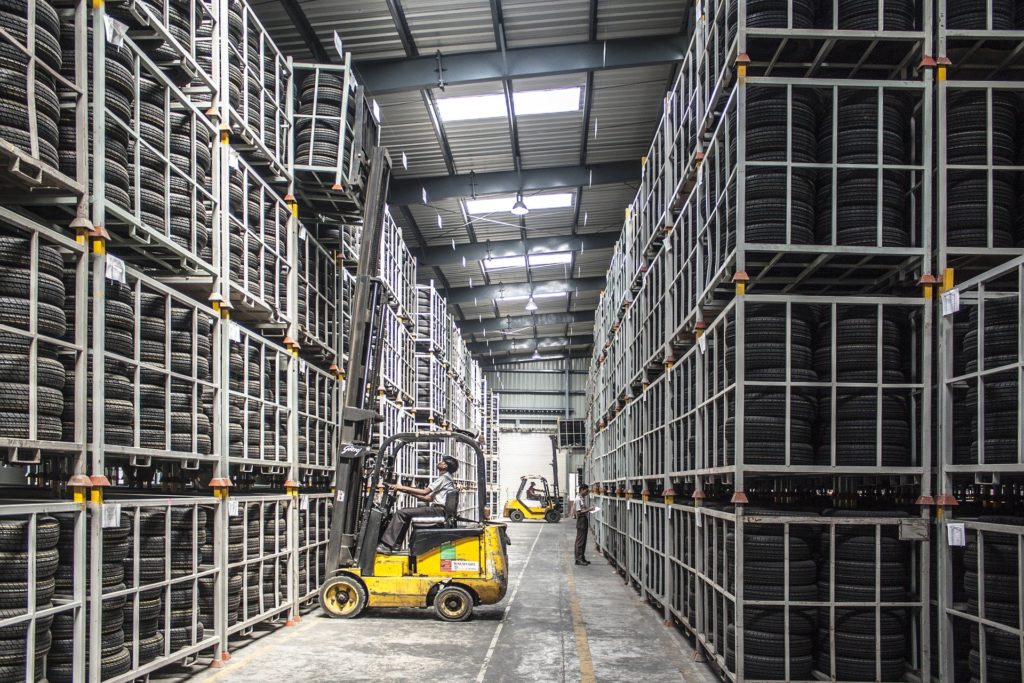Study Shows Truck Driving Among Most Dangerous Professions
As an Atlanta trucking attorney I represent families and individuals who have been injured in accidents and wrecks involving eighteen-wheelers and other commercial vehicles.
I have also helped a lot of truck drivers, when they have been injured by the carelessness of others or wrongfully denied payment for loads delivered. Representing truck drivers has given me insights into the challenges faced by the men and women who are charged with operating these big rigs safely and on time.
My experience has taught me that most of the men and women driving tractor- trailers are responsible professionals. Their attentiveness and skill prevent accidents with at-fault motorists on a daily basis, and they take seriously their responsibility not to drive unless they are well rested, free of alcohol and drugs, and medically safe to drive.
But these drivers face many challenges, from stagnating pay, to shippers and trucking companies that sometimes push drivers to work in unsafe ways. This can range from pressure to falsify logs, to speed, or to drive while fatigued or suffering from medical impairments. The pressures in the trucking industry are real. Far too often, they are concentrated on the men and women behind the wheel. It was against this backdrop that I review a report recently published by the Washington State Department of Labor and Industries. The report examined workers compensation injury data for a six-year period (2006-2012) and found trucking to be one of the most dangerous industries. In fact, one out of every thirteen drivers in Washington will experience a lost-time injury each year. With respect to deaths, ten percent of the workers killed in Washington each year will come from the trucking industry. The injuries and deaths occur in many ways, including highway crashes, falls, defective or inoperable equipment, and sprains and strains.
Although these injuries have many causes, there are some things that we know will help keep drivers and the public safe. These include providing proper rest, maintaining safe equipment, requiring appropriate training, enforcing speed restrictions and paying attention to red flags. It is my hope that the trucking industry will respond to these findings by taking appropriate steps to increase safety. However, experience shows that there will always be some companies that will cut corners, producing tragic results. In those cases, we will continue to fight for the victims, and I will continue to remain thankful to my truck driver clients for providing us with the insight needed to detect and expose the careless practices that often lead to truck wrecks.



